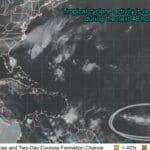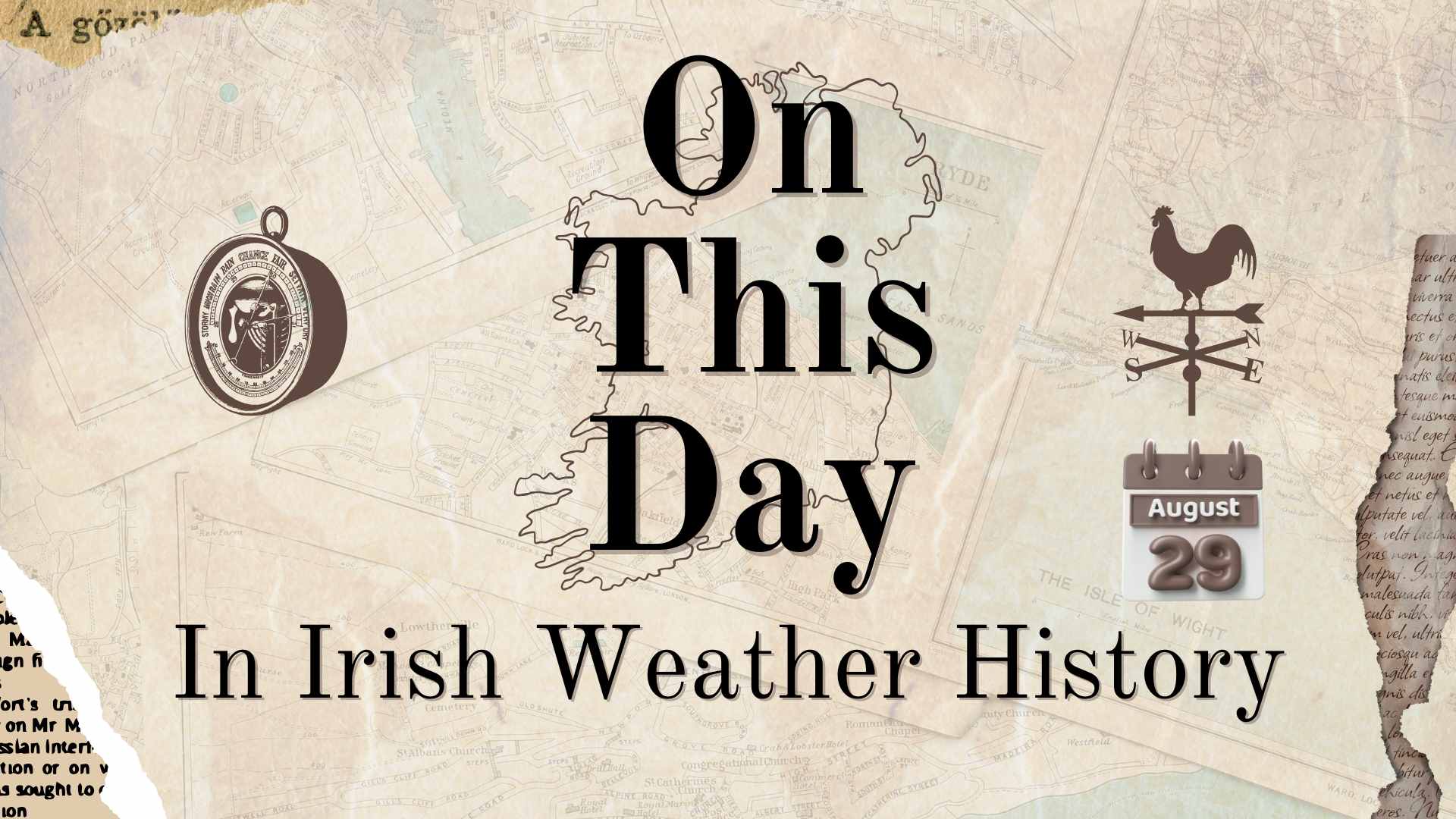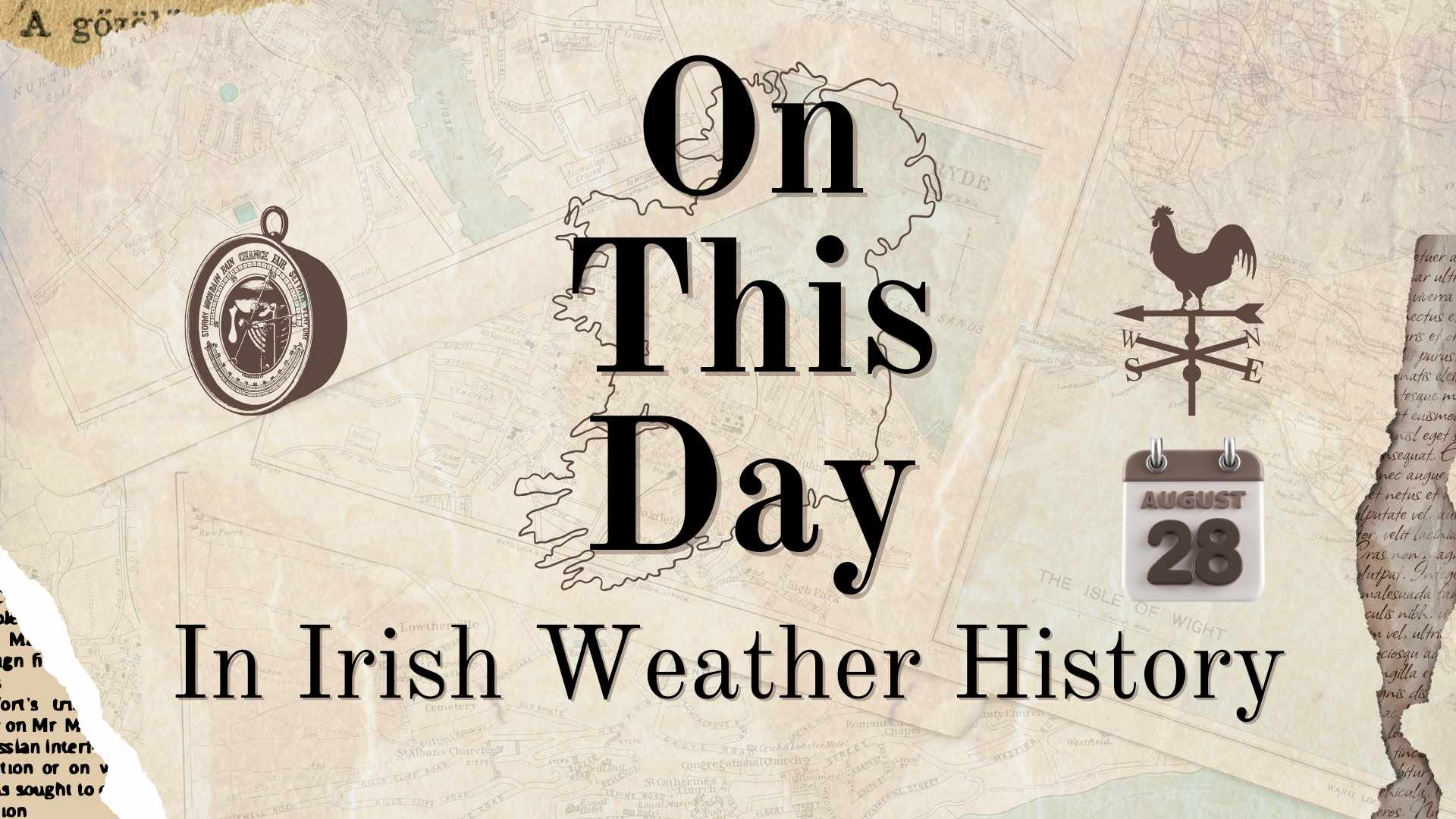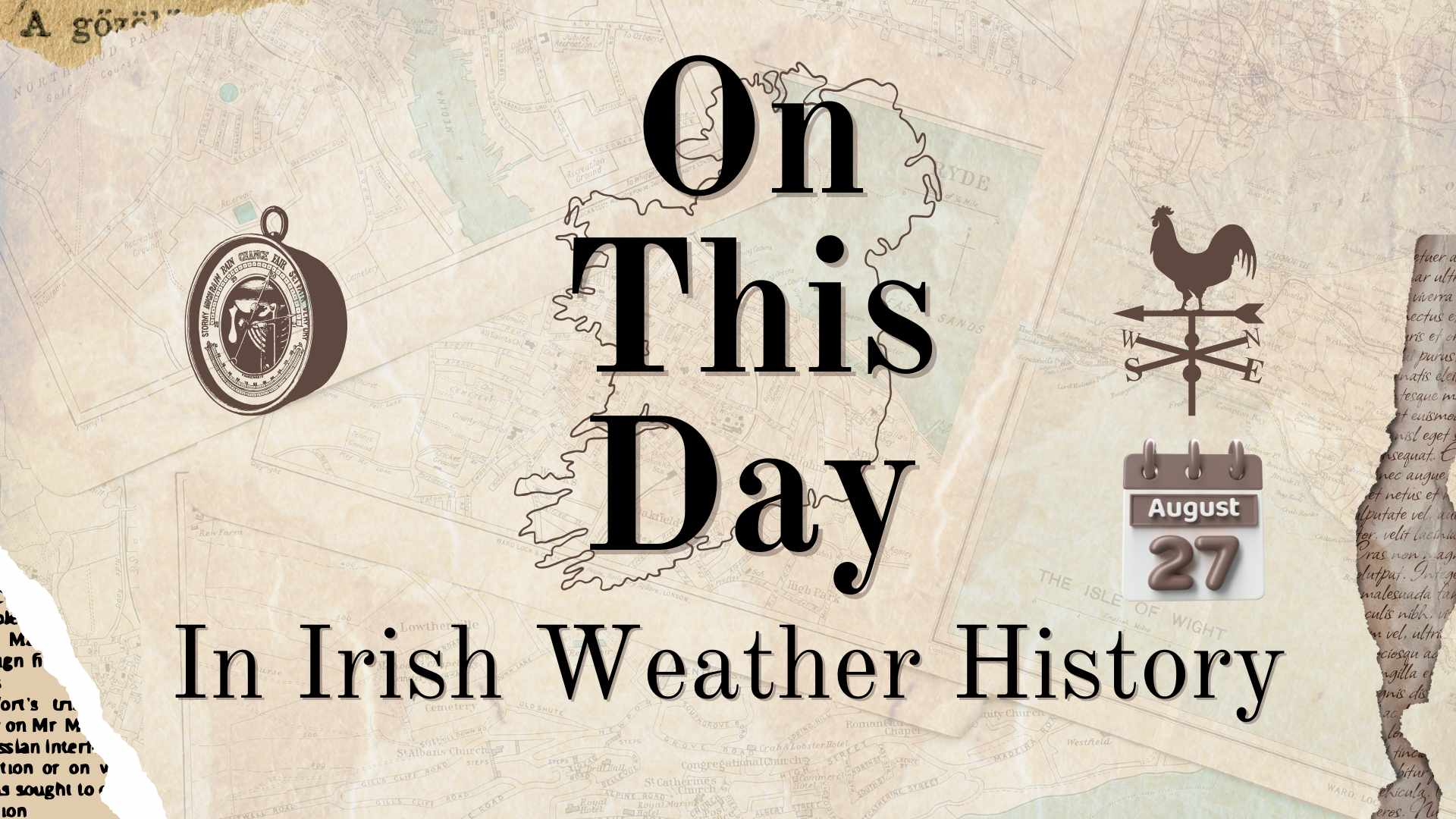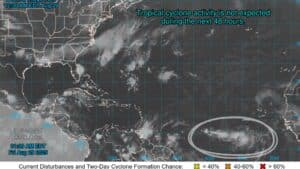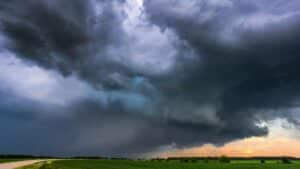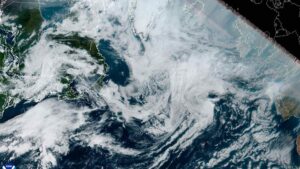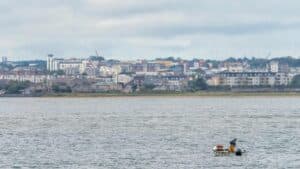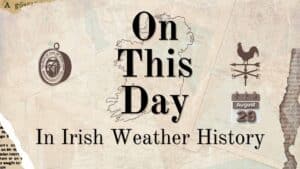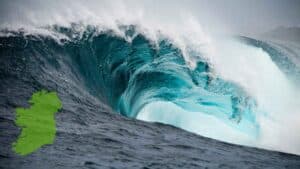
On This Day (11 April) in Irish Weather History

A chronological list of weather events and extremes that occurred in Ireland on 11 April down through history.
1873: The Irish Times reports on the “immense amount of agricultural work” being undertaken across Ireland as fine and dry conditions replace what had been a bitterly cold previous two months.
1912: 123 passengers arrive in Cobh, County Cork (formerly Queenstown) to board a tender (‘America’) that takes them to RMS Titanic, which is anchored near Roches Point. The liner is bound for New York on its ill-fated maiden voyage. 7 passengers disembarked, including Fr. Frank Browne and The Odell Family. Weather conditions are cold but dry. Titanic sinks 4 days later after colliding with an iceberg in the North Atlantic.
1917: Heavy snow carried on easterly winds blankets Ireland’s east coast.
1926: A huge wildfire sweeps across Slieve Donard in the Mourne Mountains.
1934: Ireland enters the 8th day of a record-breaking 37-day drought.
1950: A German father and daughter attempting to cross the Atlantic to South America in a converted rowing boat are reported missing having departed Kinsale, Cork, for The Canary Islands. Their boat is reported to have foundered in heavy weather.
1951: Sheep farmers in southwest Donegal report that abnormally cold and wet weather leads to heavy losses in their flocks.
1960: Strong gale force south-westerly winds down trees and cause structural damage to numerous homes in Dublin.
1978: Strong winds and heavy snow showers are blamed for the disappearance of a British Army helicopter and its crews over the Mourne Mountains in County Down.
1987: Met Éireann says April is likely to be the wettest in 40 years in Dublin as Casement records almost 100mm during the first 10 days of the month.
1997: A massive solar flare causes disruption to radio and television signals in Ireland.
2016: The Moll’s Gap in County Kerry is temporarily closed to traffic due to snowfall.
2021: -4.7°C is recorded at Casement in Dublin.
Share this WeathÉire story:
